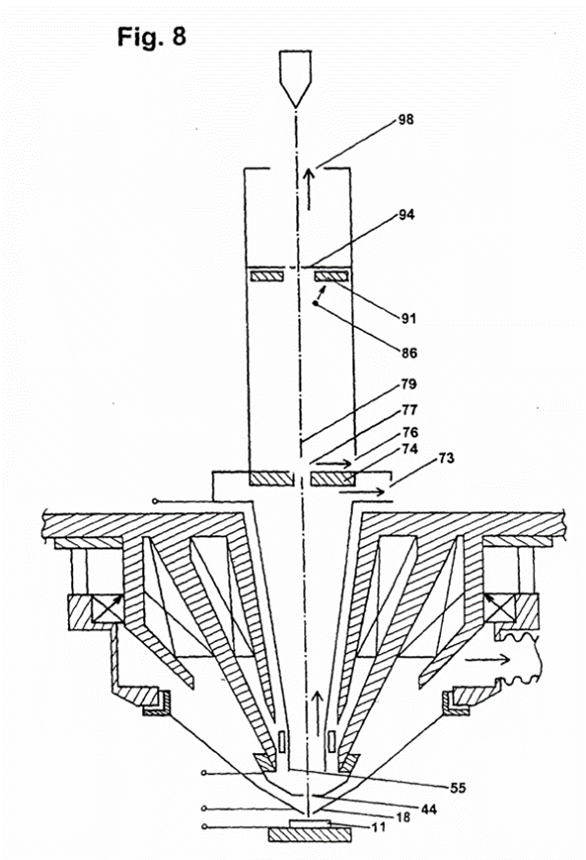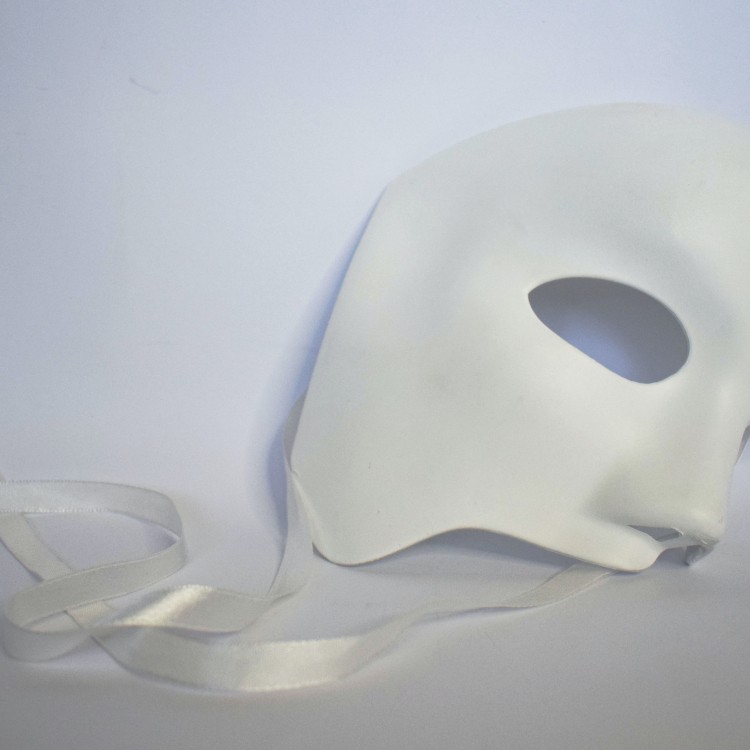

On the admissibility of opposition and appeal | T1408/19
Keywords/catchwords:
- “Rule 76(2)(c) EPC merely requires an indication of the facts and evidence presented in support of the argued grounds for opposition, but not necessarily every piece of evidence need already be presented along with the notice of opposition. For an admissible opposition it is normally sufficient that the indications given in the notice of opposition permit the substantive content of the offered evidence to be established only at a later stage, provided that this substantive content can be established without undue effort and still within a reasonable time.” (Reasons, point 2.5.1)
- “The Board is not aware of any legal provision, either in the EPC or in the RPBA, that would stipulate inadmissibility of the appeal as the legal consequence where no attacks remain in the appeal as a result of their non-admission.” (Reasons, point 1.4)
The present decision addresses two different admissibility issues:
- the admissibility of an Opposition in case the publication data of a piece of evidence is erroneous in the Notice of Opposition; and
- the admissibility of an Appeal when all attacks would allegedly be inadmissible.
Background to the admissibility of the Opposition
The independent claims of the Patent in suit were directed to a charged particle beam device (e.g,, a scanning electron microscope) for inspecting a specimen (claim 1), and a method of inspecting a specimen with a charged particle beam device (claim 8). The invention lies in that the device allows for an improvement in topographic contrast.
By accident, the Opponent had stated a wrong publication number in their Notice of Opposition for document “E2”, i.e., EP1068360 instead of EP1068630. Document EP1068360 concerned an entirely different field, i.e., a method and device for quantifying DNA and RNA. In addition, the name “Essers” was indicated between brackets to indicate the Applicant/Inventor of the patent EP1068360/ EP1068630.
The Opposition Division had accepted a correction of the Notice of Opposition under Rule 139 EPC and did not qualify the Opposition as inadmissible, because i) from the reasoning in the Notice of Opposition it was directly apparent that an error had been made; and ii) the name “Essers” as the name of the applicant or inventor of E2 and a straightforward database query such as “scanning electron microscope” allowed the Proprietor to retrieve the correct document.
The Proprietor disagreed and requested the inadmissibility of the Opposition (and consequently the inadmissibility of the Appeal). Their main arguments were that the Opposition was unsubstantiated due to the wrong publication number, and that the document could not be directly identified without recourse to independent enquiries and further investigations. The name “Essers” alone (through Espacenet and without additional search lines) led to 378 results. “The mere specification of a name could not be sufficient to provide the evidence required for a substantiated opposition.”
Decision by the Board on the admissibility of the Opposition
The Board decided as follows:
“The Board observes that Rule 76(2)(c) EPC merely requires an indication of the facts and evidence presented in support of the argued grounds for opposition, but that not necessarily every piece of evidence need already be presented along with the notice of opposition.” (Reasons 2.5.1)
“For an admissible opposition it is normally sufficient that the indications given in the notice of opposition permit the substantive content of the offered evidence to be established only at a later stage, provided that this substantive content can be established without undue effort and still within a reasonable time.” (Reasons 2.5.1).
The Proprietor had referred to decision T 344/88, page 8, second paragraph, last sentence, which held that, for an admissible opposition, the Opposition Division should have been able to identify the correct publication number within the nine-month period according to Art. 99(1) EPC. According to the Proprietor, this would not have been possible in the present case, because the Notice of Opposition was filed on the last day of said nine-month period.
The Board disagreed that this could be derived from T 344/88. The relevant passage stated (point 6 of the Reasons, second paragraph, translation by the board):
"It is not relevant whether the Office has actually corrected the error in the period remaining between receipt of the notice of opposition and the expiry of the opposition period. The only decisive factor is that, within the opposition period, the oversight was evident and that the description of the document enabled the Opposition Division to identify it beyond any doubt."
According to the Board, the enablement only meant that all necessary information should be available within the time limit, but not necessarily the document itself.
Based on the above, the Board decided to follow the Decision by the Opposition Division, and deemed the Opposition admissible.
Background to the admissibility of the Appeal
The claimed device of the Patent in suit included, amongst other features, “an objective lens device…” (feature b); “a first detector device (15) having a circular shape” (feature d1) and “a first aperture (100) located between the objective lens and the detector …” (feature f1/f2). The discussion during the Appeal proceedings was about the Opponent/Appellant presenting different interpretations of features d1, and f1/f2 in E2 in first instance and in the Appeal proceedings.

During the Opposition Proceedings, the Opponent/Appellant had argued that the “first aperture” in the device of E2 corresponded to the opening in element 44 (see Fig. 8 of E2), and that the “first detector device” corresponded to the detector 91 of E2. The Proprietor had argued that this was incorrect, and that the detector of E2 would be the detector 74. The detector 91 of E2 should be considered as a second detector, whereas the first detector 74 would read onto the claim features d2 and d3. The Opposition Division had agreed with the Proprietor.
However, during the Appeal proceedings, the Opponent/Appellant argued a different interpretation of the device in E2. The “first aperture” was equated with the opening 77 of the detector 7, whereas the first detector device was still equated to the detector 91 of E2. A new document (“dictionary of microscopy”) was filed to support this new interpretation.
The Proprietor argued that by changing the interpretation of the “first aperture”, a wholly fresh case was presented on Appeal. That is, by mapping the aperture to a different element, as a consequence, other features of the claim would also need to be reassessed. According to the Proprietor, this new line of argument was not prima facie relevant and therefore should not be admitted.
Moreover, this was the main attack of the Appellant. According to the Proprietor, “the appellant had based its appeal exclusively on new arguments and new attacks that had not been presented during the first-instance proceedings, either in writing or during the oral proceedings, and that had therefore also not been considered in the decision under appeal. These arguments were late-filed. Accordingly, the appeal - including only late-filed arguments and attacks - was to be rejected as inadmissible.”
Decision by the Board on the admissibility of the appeal
The Board decided to admit the Appeal as:
“The Board is not aware of any legal provision, either in the EPC or in the RPBA, that would stipulate inadmissibility of the appeal as the legal consequence where no attacks remain in the appeal as a result of their non-admission. Nor is this supported by the case law. The fact that attacks presented in the appeal may not be admitted in the course of examination of the appeal does not lead to the (retroactive) finding that the appeal was not reasoned (and hence inadmissible), but at most to the dismissal of the appeal.” (Reasons 1.4)
Furthermore, “[t]he fact that the appellant interprets document E2 in its statement setting out the grounds of appeal differently from the way it was interpreted in the opposition proceedings is not sufficient to consider the new line of argument as being late-filed” as the evidence that was considered as representing the closest state of the art had not changed. (Reasons 1.5)
Dismissal of the appeal
Both the Opposition and Appeal were deemed admissible. Nevertheless, the Board found no reason to overturn the Opposition Division’s decision regarding the presence of an inventive step. The Appeal was therefore dismissed and the Patent maintained as granted.








